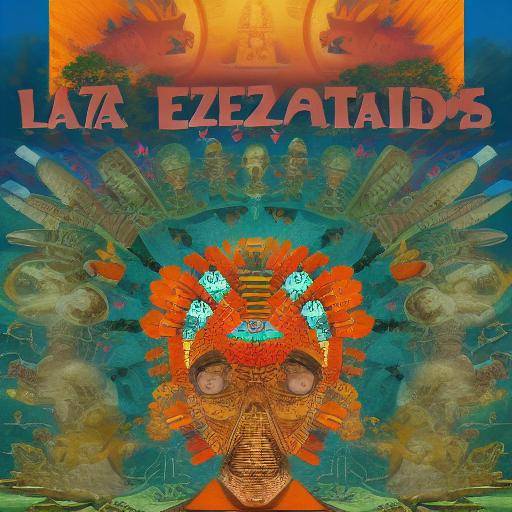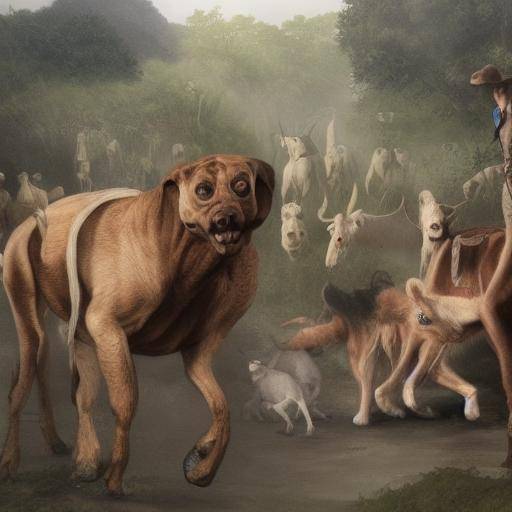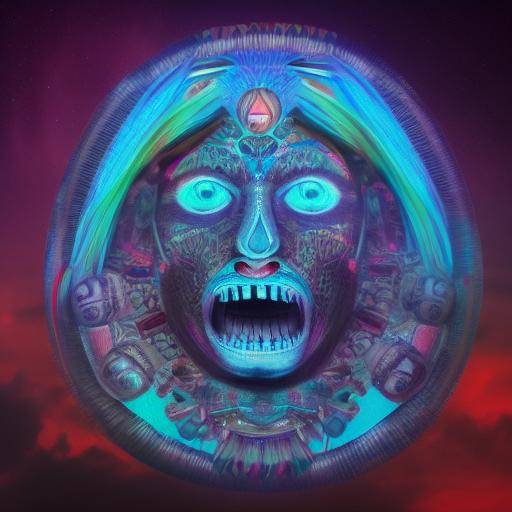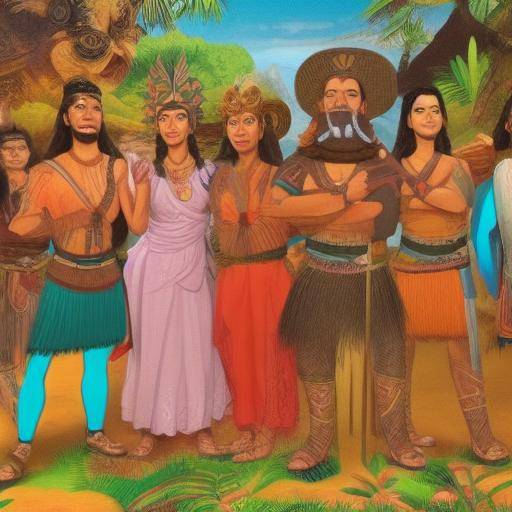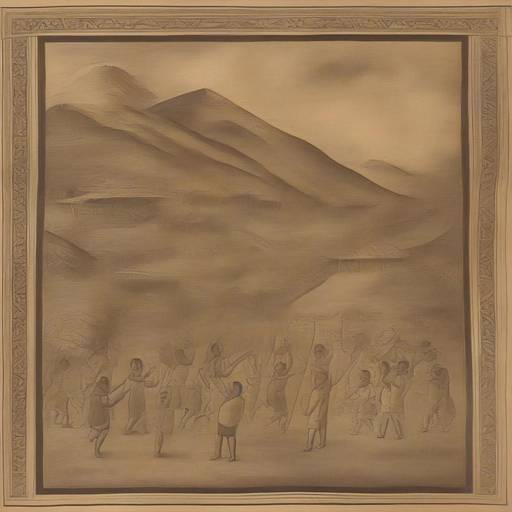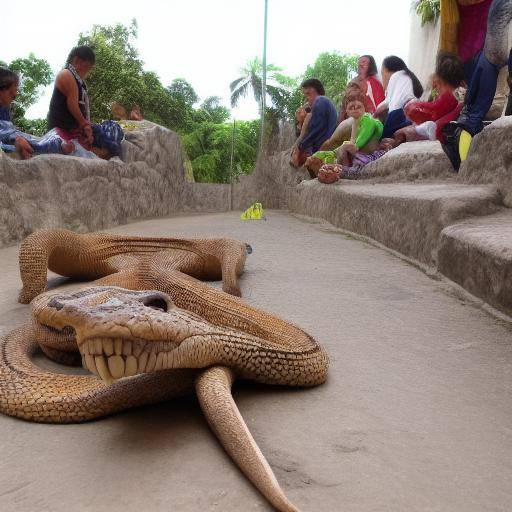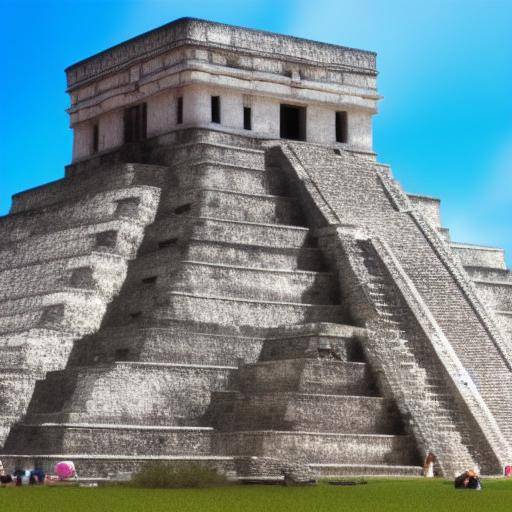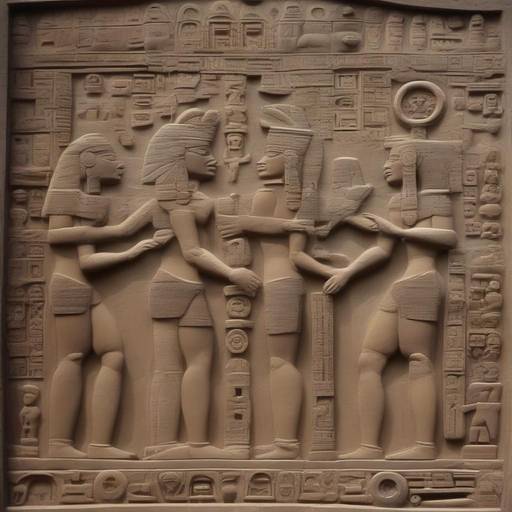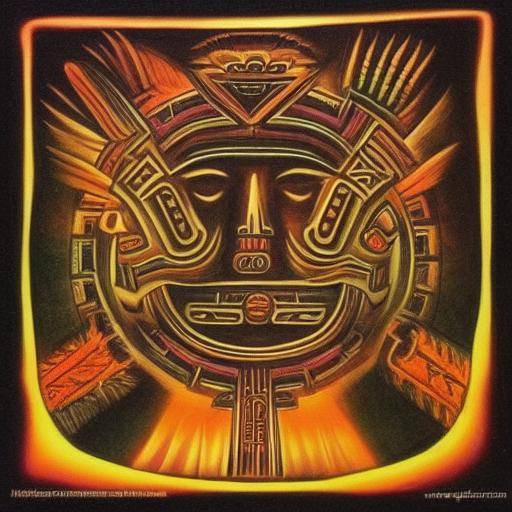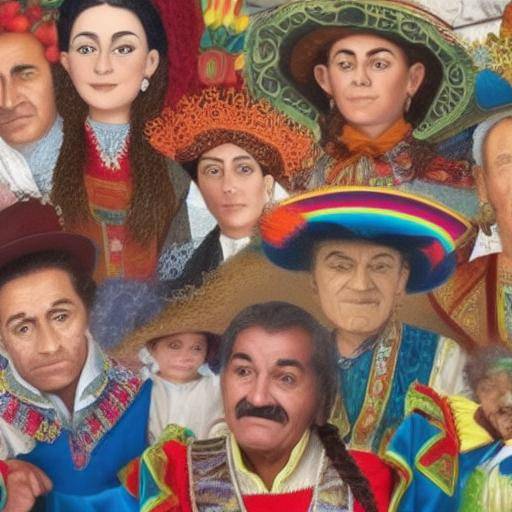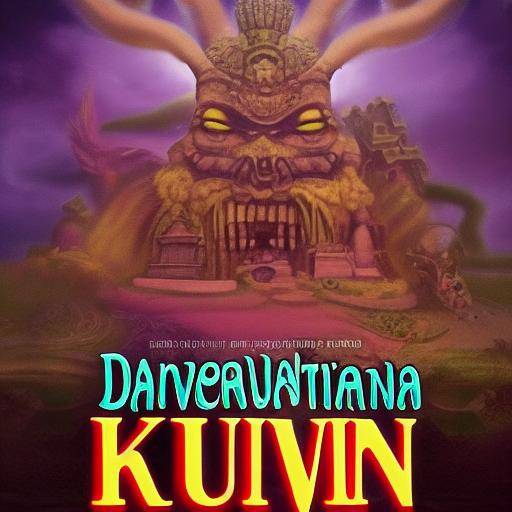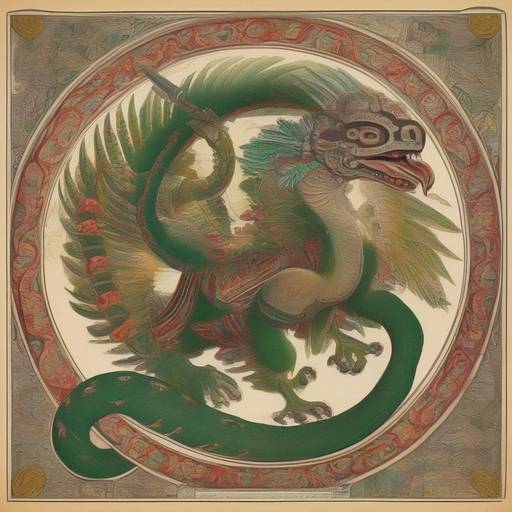
Pre-Columbian cult and mythology have always fascinated historians and enthusiasts of the past. One of the main gods worshiped by ancient Mesoamerican civilizations, such as Aztecs and Mayas, was Quetzalcóatl, known as the serpent god. In this article, we will explore in depth the history, pre-Columbian myths and the relevance of the serpent god, Quetzalcóatl.
Introduction
The mystery surrounding Quetzalcóatl, the serpent god, has been the subject of countless debates and studies. His figure, unifying elements of snakes and feathers, evokes intrigue and astonishment. This article will seek to unravel the myths and realities surrounding this enigmatic god and his influence on pre-Columbian mythology.
History and Background
The Quetzalcóatl cult dates back to ancient Mesoamerican civilizations, with records dating back thousands of years. The serpent god was worshiped by his role in creation, agriculture, knowledge, and benevolent qualities were attributed to him. His image was frequently represented in rituals, temples and artifacts of the time, consolidating its importance in the worldview of these civilizations.
Throughout history, the cult of Quetzalcóatl experienced periods of splendour and decline, influencing dynasties, conflicts and artistic manifestations. The entry of the Spanish conquerors and the subsequent European colonization led to the suppression of pre-Columbian beliefs and the imposition of Christianity. However, the figure of Quetzalcóatl survived through cultural syncretism, finding its place in folklore and the identity of indigenous peoples.
Analysis in Deep
The mythology of Quetzalcóatl is intertwined with narratives of creation, sacrifice and rebirth, directly and indirectly influencing various areas of cultural and religious life. His story is often mixed with other deities and legends, generating a complex network of meanings and symbolisms. The relevance of Quetzalcóatl as a serpent god reveals his connection to nature, time and reality itself, aspects that make him an icon of great significance in pre-Columbian mythology.
Comprehensive review
The importance of Quetzalcóatl transcends the mythological sphere, permeating sociopolitical and philosophical aspects. His figure has been used as a symbol of resistance, identity and struggle for the preservation of indigenous traditions. Moreover, its influence on contemporary thinking has been the subject of debate in various academic and artistic fields, showing its lasting legacy in Mesoamerican culture and its relevance today.
Comparative analysis
The comparison between Quetzalcóatl and other pre-Columbian deities reveals similarities and contrasts that enrich the understanding of the religious beliefs and practices of ancient Mesoamerica. The serpent, a symbol of rebirth and transformation, intertwines with the way of understanding the universe by these civilizations, showing the complexity and diversity of its mythologies.
Practical Tips and Useful Recommendations
If you want to explore more thoroughly the pre-Columbian mythology and the role of Quetzalcóatl, consider visiting the museums and archaeological sites dedicated to preserving and disseminating this heritage. Likewise, the reading of specialized texts and the approach to the current indigenous worldview provide an enriching and enlightening experience about the meaning of Quetzalcóatl and its relevance today.
Final Reflections
In conclusion, Quetzalcóatl, the serpent god, represents a fundamental pillar in pre-Columbian mythology and an invaluable cultural legacy that continues to captivate generations. Its influence on the worldview, arts and identity of indigenous peoples remains relevant today. Exploring the rich history and meaning of Quetzalcóatl is an invitation to understand the depth of pre-Columbian beliefs and their connections to nature, time and reality itself. As we unravel the mysteries of Quetzalcóatl, we also give the respect and admiration that deserves a god who, despite the centuries, continues to dazzle us with his magnificence.
FAQs
**1. Who was Quetzalcóatl?**Quetzalcóatl was one of the main deities of Mesoamerican mythology, worshipped by various pre-Columbian civilizations. He was associated with creation, wisdom and fertility, and his image represented a feathered serpent.
**2. What is the importance of Quetzalcóatl in Mesoamerican culture?**The importance of Quetzalcóatl was enormous in Mesoamerican culture, as its figure represented fundamental values such as knowledge, duality and connection with nature, vital elements in the worldview of these civilizations.
**3. Why is it called "snake god"?**Quetzalcóatl was known as the serpent god because of his representation with the shape of a feathered snake, which was a symbol of rebirth and transformation in Mesoamerican mythology.
**4. What is the contemporary relevance of Quetzalcóatl?**Although the era of Mesoamerican civilizations has come to an end, the figure of Quetzalcóatl remains relevant today as a symbol of identity and resistance for indigenous peoples, and as an object of study in academic and artistic fields.
**5. Where can you learn more about Quetzalcóatl and pre-Columbian mythology?**Museums and archaeological sites in Mexico, especially in the area of influence of ancient Mesoamerican civilizations, offer a valuable opportunity to learn and appreciate the rich history and meaning of Quetzalcóatl.
**6. What is the relevance of Quetzalcóatl in the modern context?**Today, Quetzalcóatl remains an important symbol for the identity and preservation of indigenous culture in Latin America. His figure has also transcended through contemporary art, literature and other cultural expressions.
In short, the figure of Quetzalcóatl, the serpent god, transcends time and space, leaving a legacy of intrigue, meaning and reflection on the richness and diversity of pre-Columbian beliefs. Exploring his mythology is to enter a universe of ancestral wisdom that continues to inspire and astonish those who seek to understand the complexity of these ancient Mesoamerican civilizations.
Sources:
- "Quetzalcóatl: Figure and symbol of Mexic Religion", National Institute of Anthropology and History, inah.gob.mx.
- "Quetzalcóatl, the God and Civilizing Hero", Mexican Archaeology, arqueologiamexicana.mx.
- "El mito de Quetzalcóatl en la arquitectura mexica", Universidad Nacional Autónoma de México, unmx.
With this combination of history, pre-Columbian mythology and the fascinating figure of the serpent god, Quetzalcóatl, this article offers an enriching and insightful vision for those interested in discovering the cultural treasures of the past.

